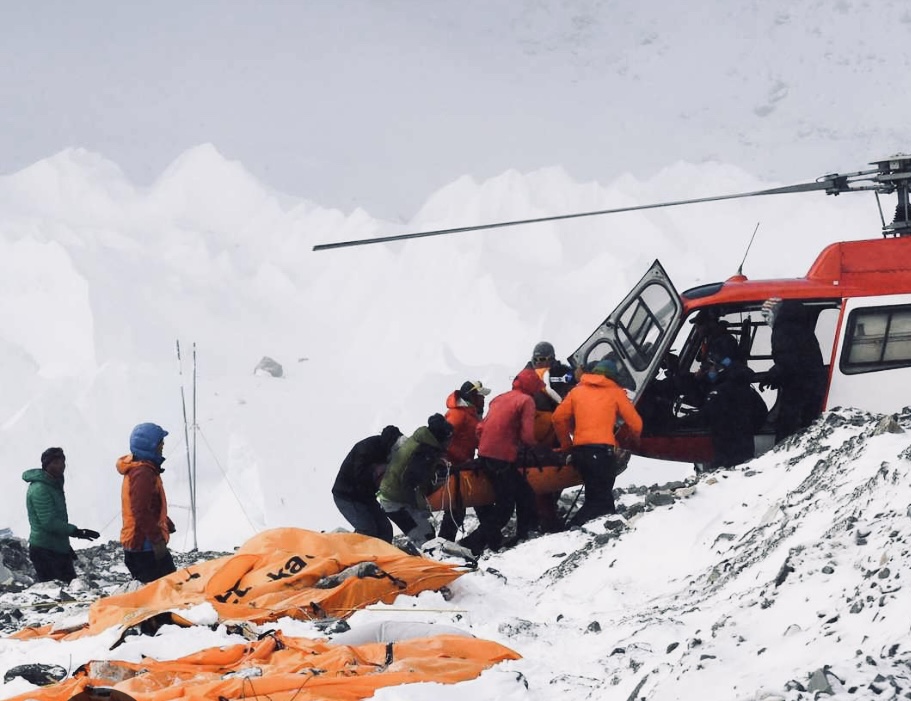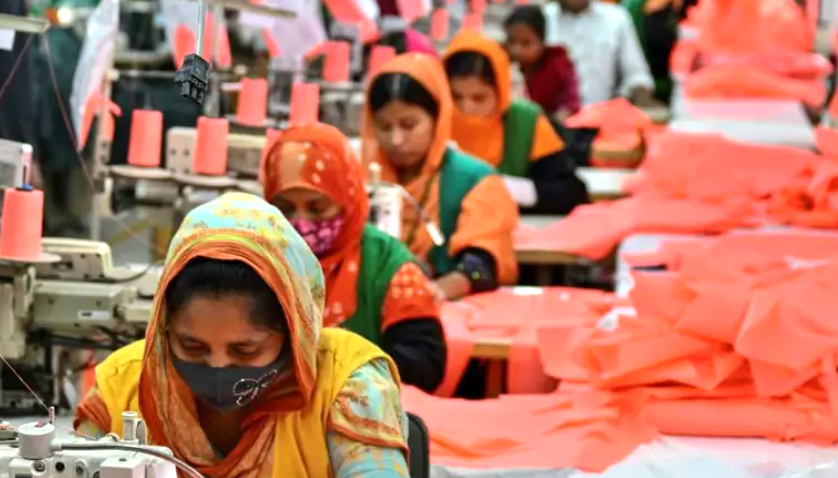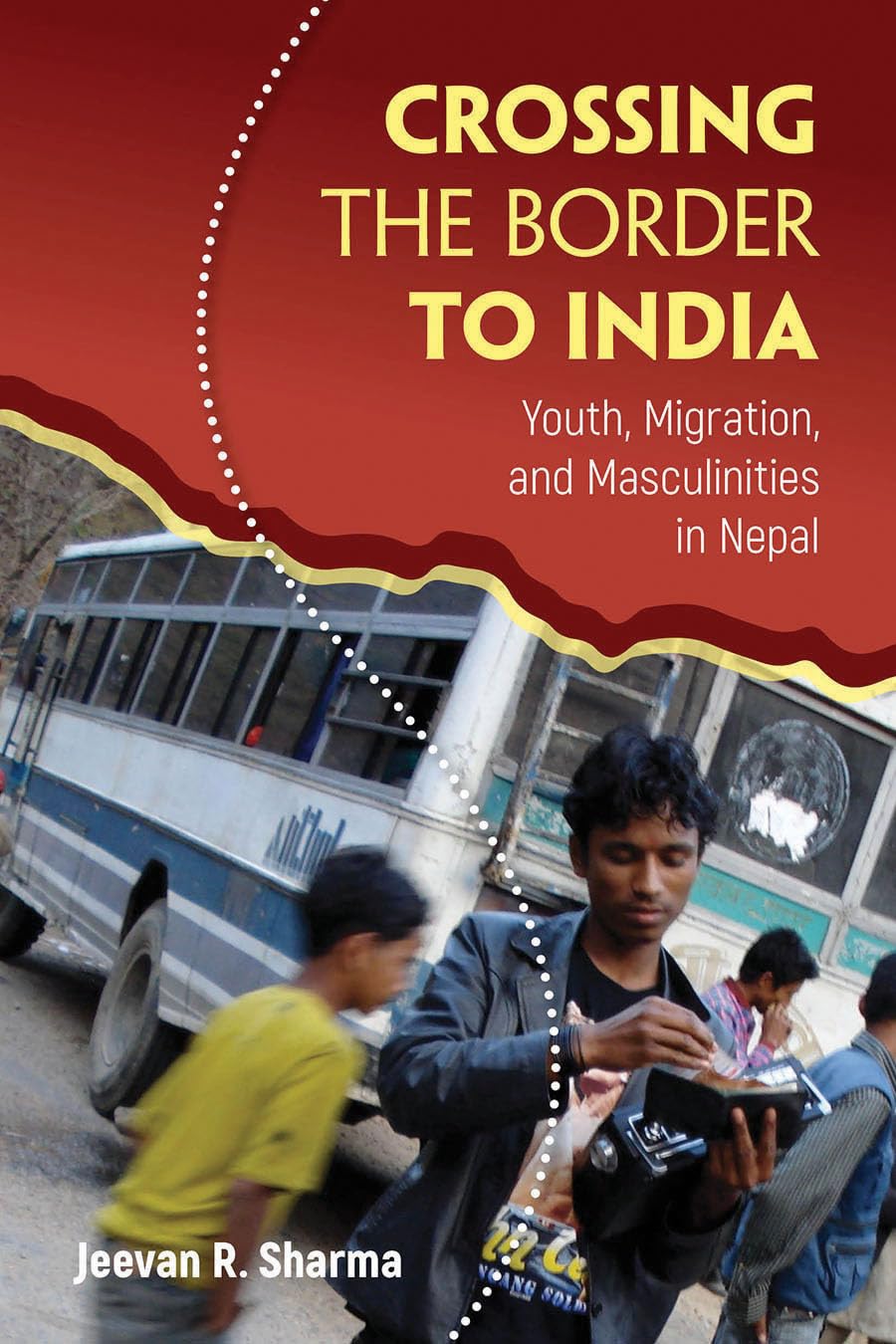Climate Change Exposes Bodies on Everest as Efforts to Retrieve Frozen Mountaineers Intensify

Kathmandu – As climate change thins the snow and ice on Mount Everest, the remains of mountaineers who perished on the world’s highest peak are increasingly being exposed. This year, a dedicated team braved the treacherous slopes not to reach the summit but to retrieve some of these bodies, a grim testament to the mountain’s deadly allure.
Five frozen bodies, including one reduced to skeletal remains, were recovered as part of Nepal’s mountain clean-up campaign on Everest and the neighboring peaks of Lhotse and Nuptse. The mission, led by Aditya Karki, a major in Nepal’s army, involved 12 military personnel and 18 climbers. “Because of the effects of global warming, the bodies and trash are becoming more visible as the snow cover thins,” Karki explained.
More than 300 climbers have died on Everest since expeditions began in the 1920s, with eight fatalities this season alone. Many bodies remain on the mountain, some hidden by snow or lost in deep crevasses. Others, preserved in their colorful climbing gear, have become macabre landmarks, such as the well-known “Green Boots” and “Sleeping Beauty.”
Karki highlighted the psychological toll on climbers who encounter these bodies, saying, “People believe that they are entering a divine space when they climb mountains, but if they see dead bodies on the way up, it can have a negative effect.” The recovery operations are fraught with danger, especially in the “death zone,” where thin air and low oxygen levels heighten the risk of altitude sickness.
One particularly challenging recovery involved a body encased in ice up to its torso, taking the team 11 hours to free using hot water and axes. Tshiring Jangbu Sherpa, who led the body retrieval expedition, described the difficulty of the task: “Getting the body out is one part; bringing it down is another challenge.” He noted that some bodies appeared almost untouched, still in full climbing gear.
The process of retrieving bodies at high altitudes is controversial and costly, requiring up to eight rescuers for each body and thousands of dollars. At high altitudes, the physical ability to carry heavy loads is severely diminished, making the task even more arduous.
Despite the challenges, Karki insists the effort is necessary. “We have to bring them back as much as possible,” he said. “If we keep leaving them behind, our mountains will turn into a graveyard.” Bodies are typically wrapped in bags and placed on plastic sleds to be dragged down the mountain.
Rakesh Gurung from Nepal’s tourism department stated that two bodies had been preliminarily identified, with detailed tests pending for final confirmation. The retrieved bodies are now in Kathmandu, with unidentified remains likely to be cremated.
The mountain clean-up campaign, funded with over $600,000, also employed 171 Nepali guides and porters to remove 11 tonnes of rubbish from Everest. The waste included fluorescent tents, discarded climbing equipment, empty gas canisters, and even human excreta.
“The mountains have given us mountaineers so many opportunities,” Sherpa remarked. “I feel that we have to give back to them; we have to remove the trash and bodies to clean the mountains.” Despite the efforts to remove recent waste, historic rubbish still litters the mountain. “This year’s trash might be brought back by the mountaineers,” Karki said. “But who will bring the old ones?”
As the impact of climate change continues to reveal more of Everest’s deadly secrets, the need for dedicated recovery and clean-up efforts becomes increasingly urgent.


















Facebook Comments